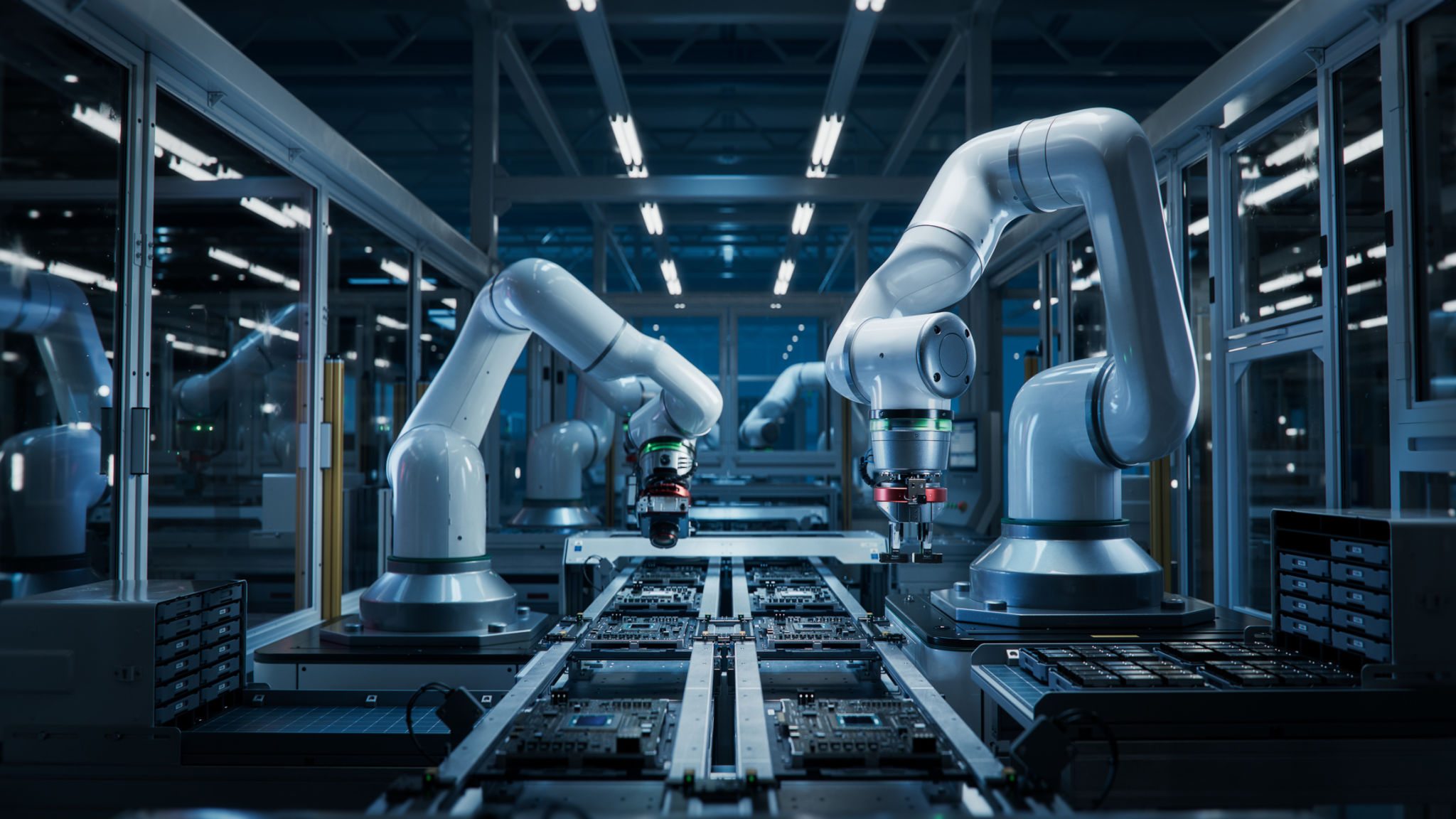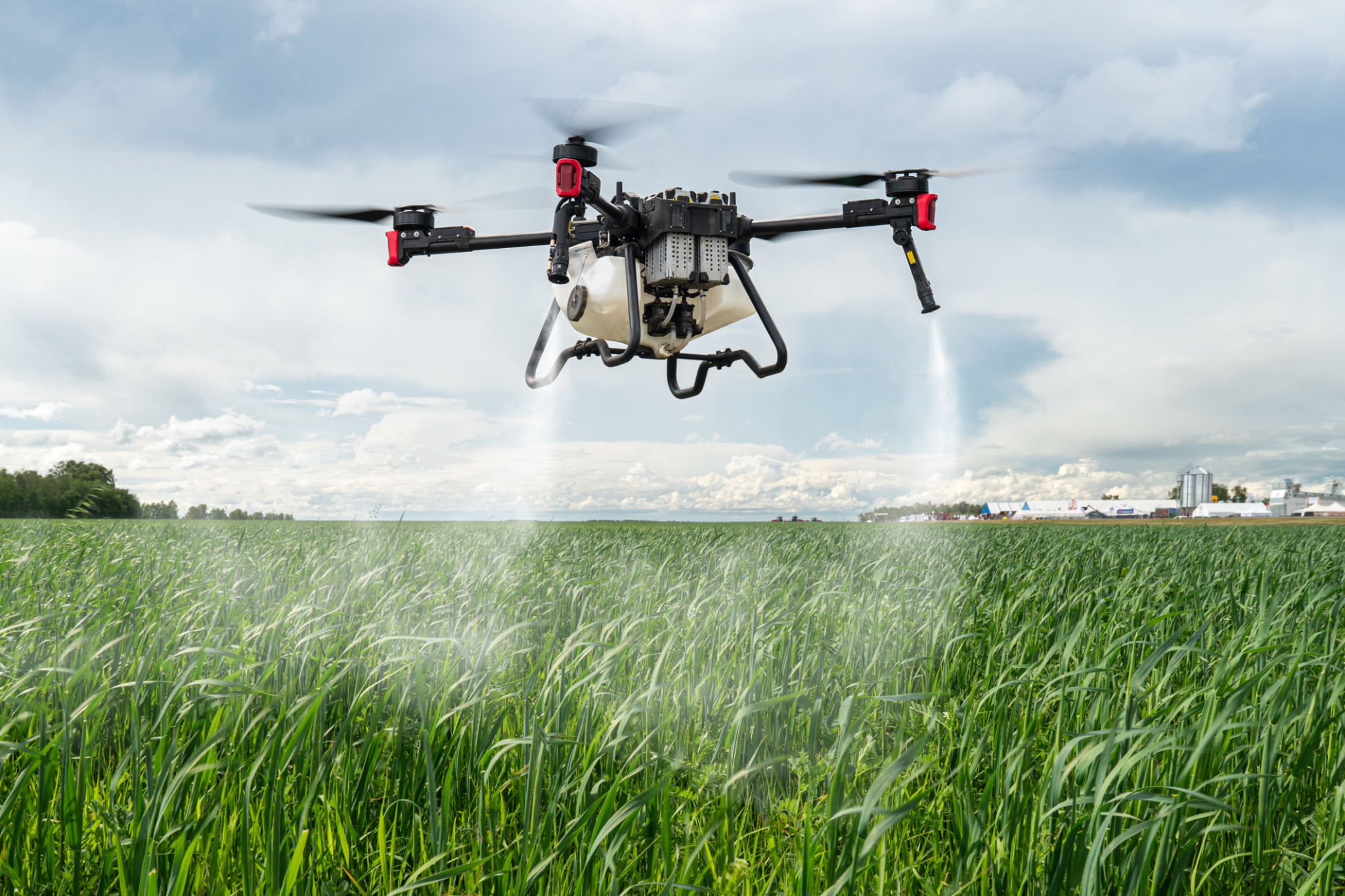The Role of Robotics in Digital Transformation Services for Texas Industries
Understanding Digital Transformation
In today's fast-paced business environment, digital transformation is no longer a luxury but a necessity for industries in Texas and beyond. The integration of digital technology into all areas of business fundamentally changes how companies operate and deliver value to customers. This transformation journey is heavily influenced by advancements in robotics, which are playing a crucial role in helping businesses evolve.
Robotics integration allows companies to streamline processes, enhance efficiency, and ensure more consistent quality. As industries in Texas increasingly adopt digital transformation strategies, the role of robotics becomes even more pivotal in driving innovation and competitiveness.

Enhancing Operational Efficiency
One of the primary benefits of robotics in digital transformation is the enhancement of operational efficiency. Robotics technology can automate repetitive tasks, reducing the risk of human error and increasing productivity. In sectors such as manufacturing and logistics, robots can perform tasks such as assembling products, managing inventory, and transporting goods, all with greater precision and speed.
Moreover, robots can work around the clock without breaks, vastly improving output rates. This capability is especially valuable for Texas industries looking to boost production while maintaining high standards. By implementing robotics, businesses can reduce operational costs and focus human resources on more strategic activities.
Improving Product Quality
Another significant advantage of robotics is the improvement in product quality. Robots are programmed to perform tasks with high precision, ensuring that each product meets the desired specifications. This consistency is essential for maintaining a competitive edge in industries where quality is a key differentiator.

Driving Innovation Through Robotics
Robotics is not just about automating existing processes; it also drives innovation by enabling new capabilities and services. In Texas, industries such as healthcare, agriculture, and oil & gas are exploring robotic solutions to tackle complex challenges. For example, in healthcare, robotic systems are used for surgical procedures that require extreme precision, improving patient outcomes and expanding treatment possibilities.
Similarly, in agriculture, drones equipped with advanced sensors can monitor crop health and optimize irrigation strategies, leading to higher yields and more sustainable practices. These innovations are transforming traditional industries by opening up new avenues for growth and efficiency.

Addressing Workforce Challenges
The integration of robotics also addresses workforce challenges by filling gaps created by labor shortages. In many Texas industries, finding skilled workers is a persistent issue. Robotics can help alleviate this problem by performing tasks that are difficult to staff consistently. Additionally, robotics can enhance the work experience by taking over monotonous tasks, allowing employees to engage in more fulfilling and creative roles.
As businesses navigate the complexities of digital transformation, it's important to invest in upskilling workers to complement robotic systems effectively. Training programs that focus on robotics operation and maintenance can empower employees to thrive in a digitally transformed environment.
Conclusion: A Future-Ready Strategy
The role of robotics in digital transformation is undeniable and increasingly critical for Texas industries aiming to stay competitive in a global market. By leveraging robotics technology, companies can enhance efficiency, improve quality, drive innovation, and address workforce challenges.
As businesses continue to embrace digital transformation, integrating robotics into their strategy will not only provide immediate benefits but also prepare them for future challenges and opportunities. Embracing this technology is a strategic move that positions companies for long-term success in the ever-evolving industrial landscape.